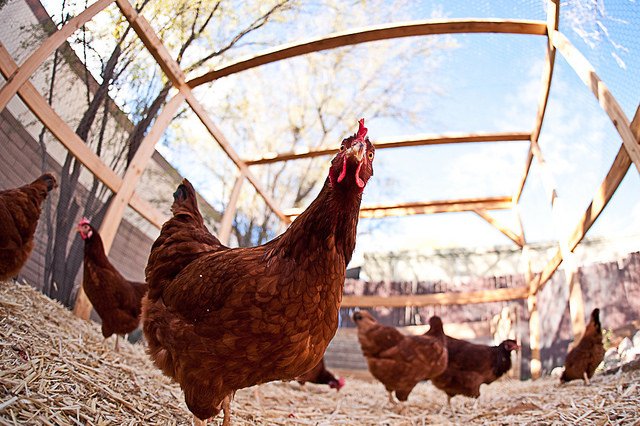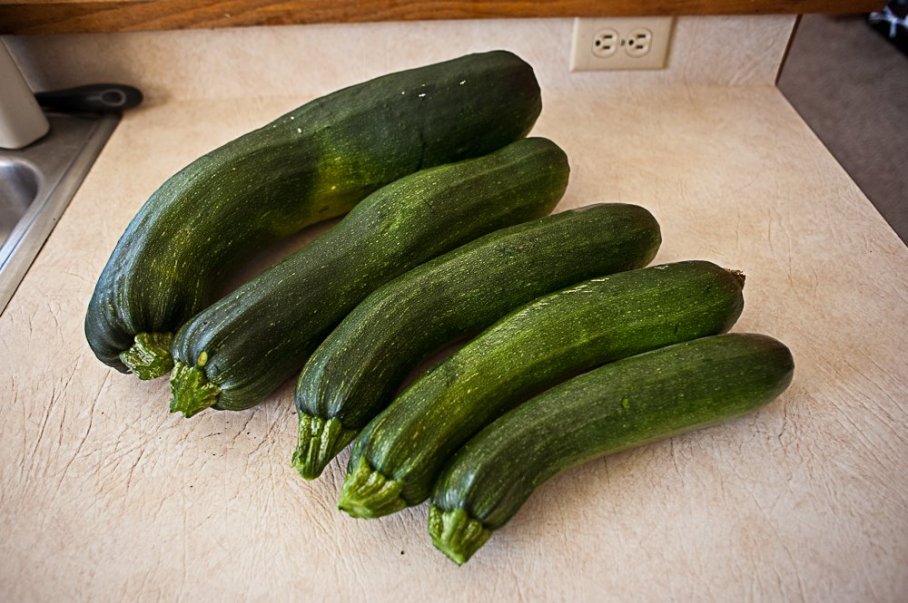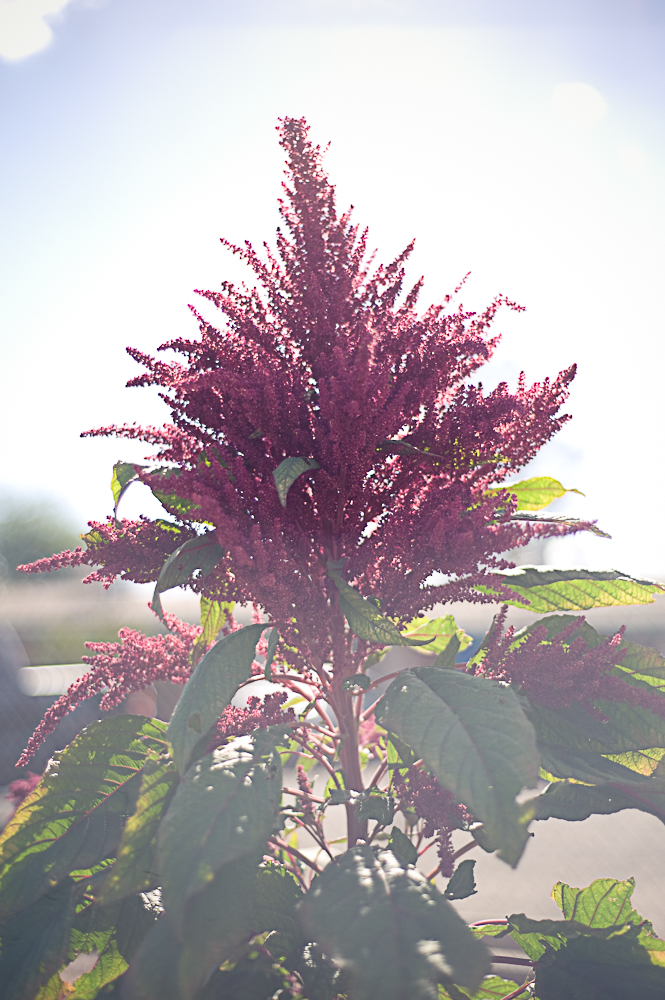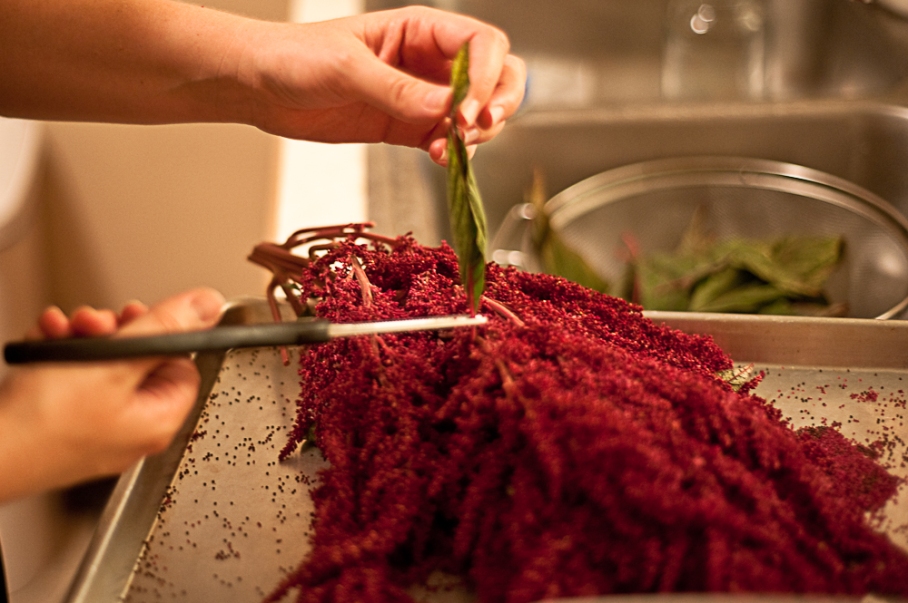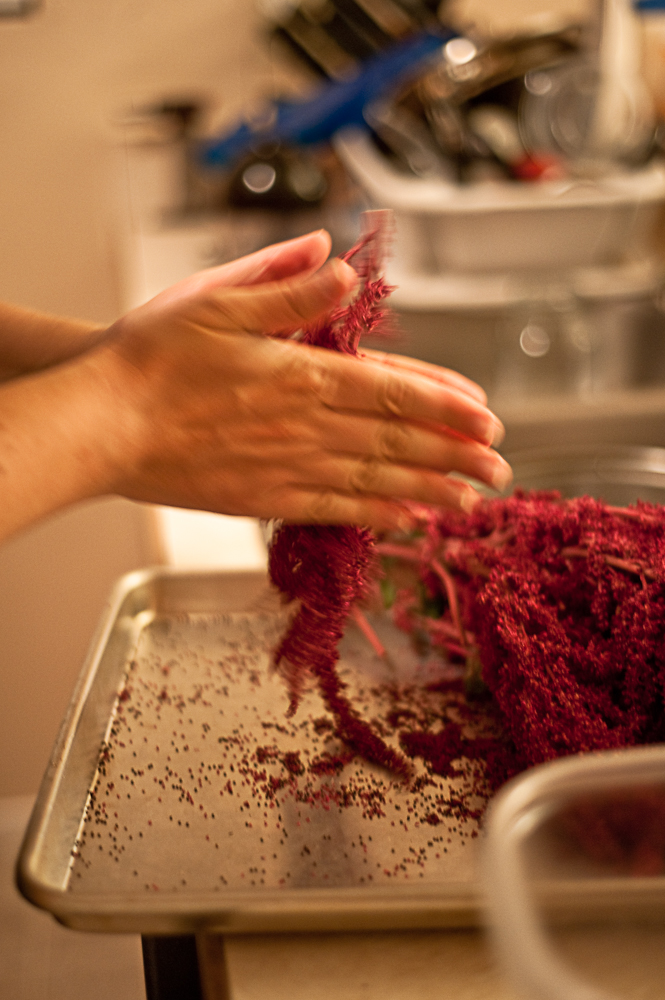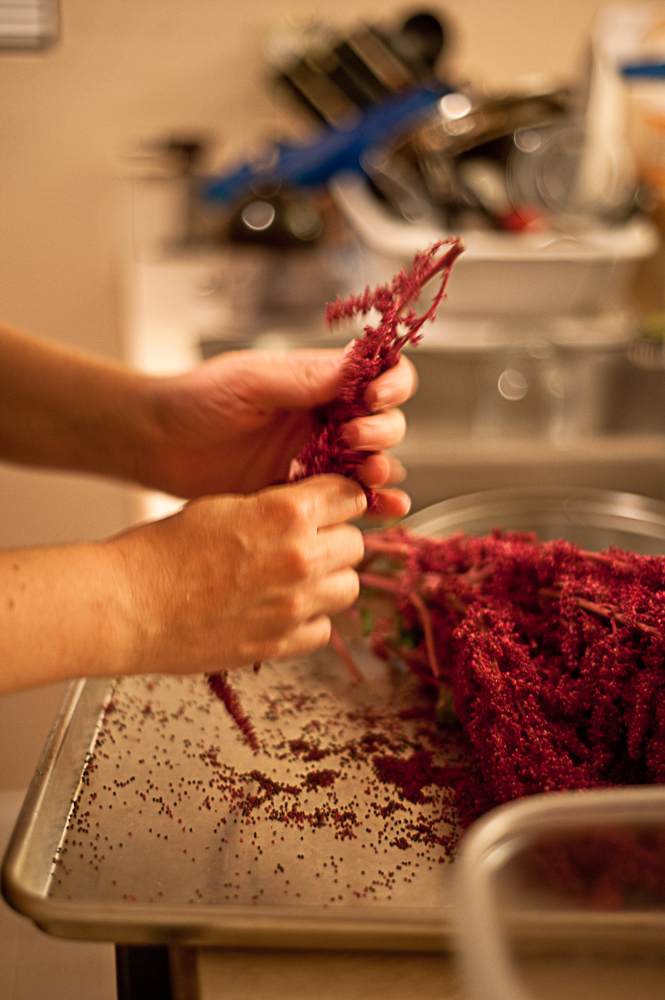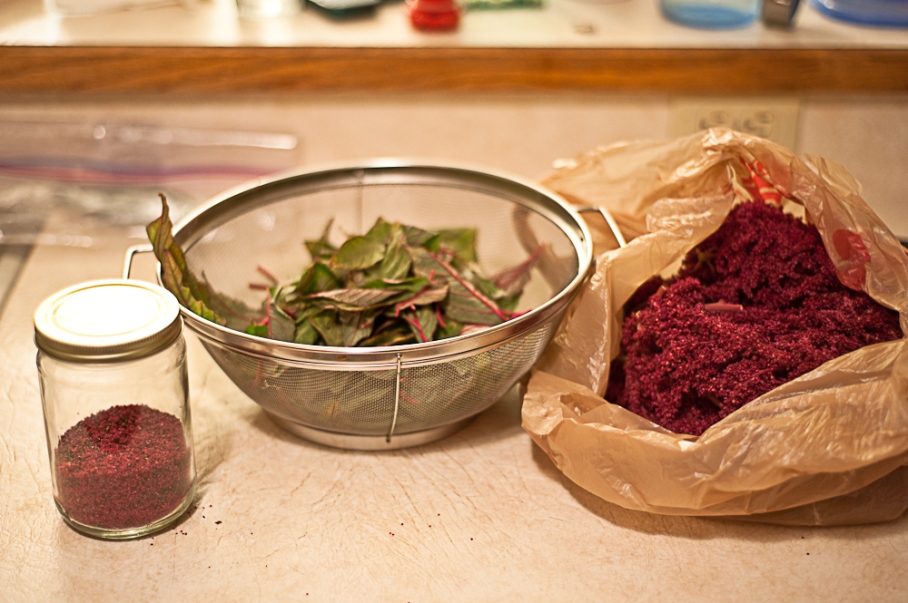Back in July, when I first started thinking about this whole farming business, I figured it would probably be a good idea to see what growing plants was all about. My dad always had a garden, and his mother always had a garden (and when I say “garden,” I mean more than just a row of a couple things). I tried growing house plants for awhile, but with mixed success. I tried planting flowers in my dad’s garden once, but I don’t think any really grew. I tried planting a few bulbs in front of the house, and those did well for the most part… until the deer got to them. I’ve tried keeping a few herbs in pots over the years, but they usually died pretty quickly. Aside from that, my exposure to plants has mostly been scientific.
Short story long, the decision to start gardening was not taken lightly, given my history with plants.
Tucson is a really great city, and I feel like I’m appreciating it more and more the longer I live here. One of the awesome things here is this organization: Community Gardens of Tucson. They have bunches of gardening plots set up all around the city, and for a monthly fee, you can rent that plot and grow your own stuff. On top of that, there’s a non-profit organization that is completely centered around seed-saving and the preservation of heirloom varieties: Native Seeds. Something I like about them is that they realize we are limiting ourselves by using only a few genotypes of crop plants (e.g. whole fields will be planted with corn, but those corn plants will be essentially identical). Instead of accepting that, they are encouraging people to maintain genetic variation, and to keep backup stores of their seeds in case they need to “start over” with their breeding programs. They have a ton of information, their workers and volunteers are happy to help, and they have season-appropriate seed mixes in case you’re indecisive about what to start with (like me).
With these two groups making it easier, my wife and I decided to go ahead and try it. We grabbed the “Monsoon Garden Collection” from Native Seeds, which came with the recommendation to “Plant with the onset of the summer monsoon: late June/early July in the Southwest.” It contained 8 packets of seeds.
This is what our plot started out as, when we first signed up and just planted our first seeds. It’s 2′ x 10′ (or thereabouts)
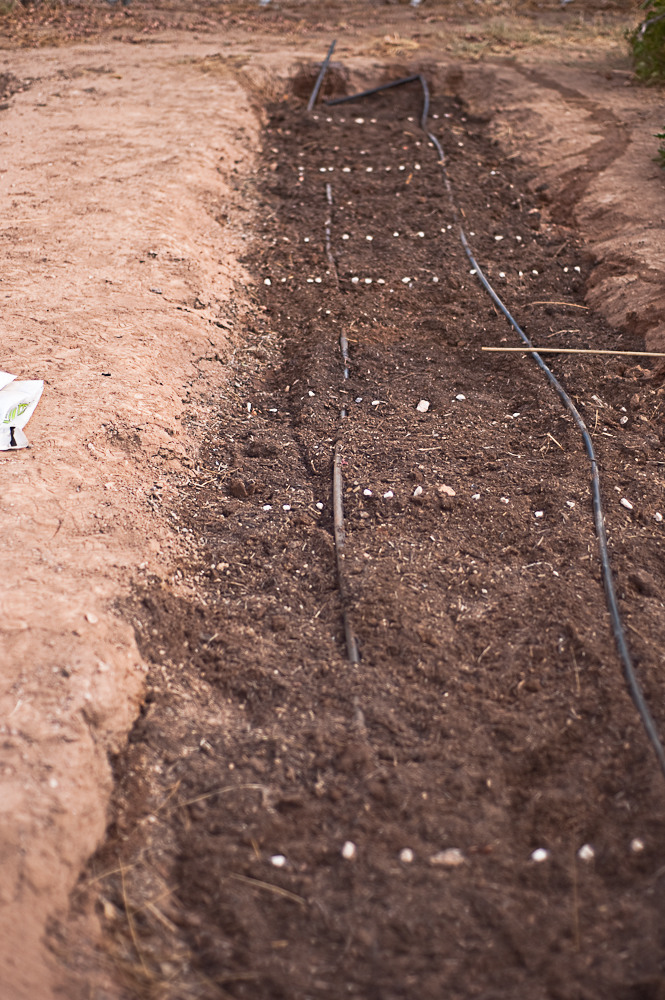
There are two lines of irrigation tubing running down the middle. Water is turned on and off automatically twice a day. The rocks are our section lines, because we didn’t have anything else to mark with at the time. 😛 In order, from nearest to farthest, we planted: basil, watermelon, amaranth/wildflowers, Hopi pumpkin, cowpea, amaranth/wildflowers, okra, and summer squash.
Nothing grew.
Then the summer squash showed up, but that was about it.
Still, nothing else.
So I decided to start some sweet potato slips (awesome tutorial here), and to put a few seeds into cardboard egg cups so I could start them inside.
Then, a basil showed up.
My sweet potato sprouted.
An amaranth poked through the ground.
I got a couple seeds going from my cardboard egg cups.
And then, almost overnight EVERYTHING GREW.
I mean EVERYTHING.
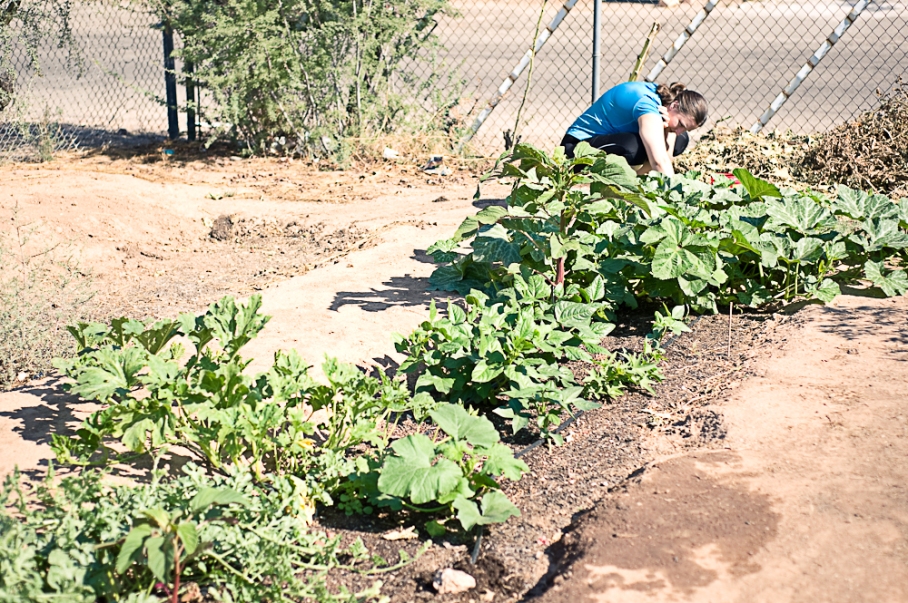
All of a sudden, I had sprouting plants coming out of my ears. I planted the sweet potato slips, but most of them didn’t survive the first few days. The one that did, however, went completely crazy.
And then all the other vines went crazy.
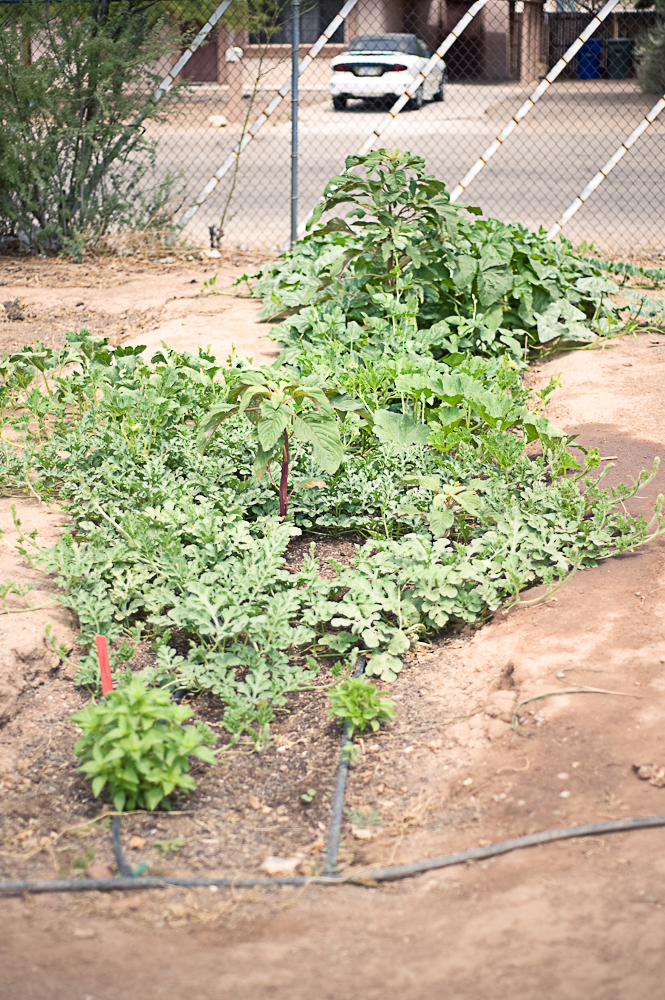
And they started taking over the world.
We planted three watermelons, assuming only one of them would sprout. They all did, and they all became a huge mat of watermelon vines. We culled the biggest by mistake, but the other two quickly took its place. The cowpeas started latching onto anything they could find, so we put a trellis over them, but with only moderate success (it kept falling down during the monsoon winds…). The summer squash started trying to escape through the fence, so we had to keep trimming it and redirecting it back into the plot. The Hopi pumpkin wanted to make friends with the neighboring plots, so we kept trying to pile its own vines back onto itself. The amaranth grew to be the same height as me, and the basils became bushes, and the okra started to overshadow the summer squash, forcing it to retreat to the fence even more.
Basically, everything was crazy.
A few things I learned during this period:
1. Patience. Things take awhile to get started.
2. Don’t plant a bunch of vines if you’re limited to 20 square feet. Or if you do, have a very good containment plan in place.
3. Don’t plant vines next to each other. Or even close to each other. On opposite sides of the plot is probably better.
4. Check twice, pull once.
5. I don’t like cowpeas all the much.
6. I especially don’t like cowpeas if it means having to fight the ants that defend it, as cowpea has extra-floral nectaries to maintain a healthy (and protein-starved) ant population.
7. Amaranth greens are surprisingly tasty (more on amaranth later).
Finally, here’s what the garden looked like a couple weeks ago:
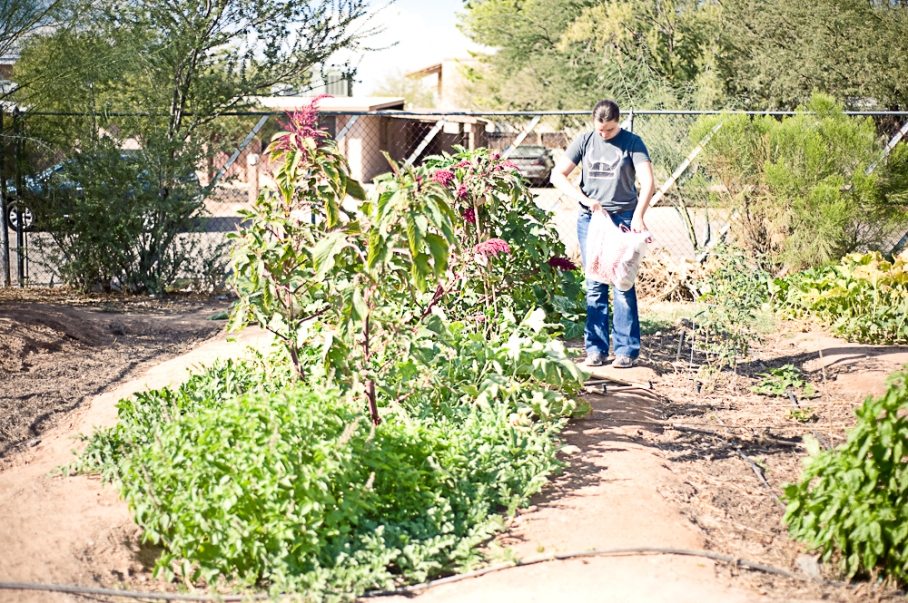
We’re getting ready to phase out the summer stuff and start up the winter things: beets, brussels sprouts, cilantro, dill, endive (had to special order these, so I hope they work out), and kale. We’ll still have the pumpkin going too. And we’re not planting anymore vines, thank goodness. The cowpea has been harvested (and mostly given to coworkers) and pulled up, as has one of the amaranth plants. That one needs its own post! Some of the basil is currently hanging from a string to dry, but we still have a whole lot left. I keep thinking the okra is winding down, and then another branch starts up, or I see another beautiful (and huge) yellow flower. I also keep thinking the summer squash is winding down, but then I spot another flower or another itty-bitty squashling. The watermelon hasn’t even really gotten going yet, though I think its time is starting to run out  We’ll need the space!
We’ll need the space!
Anyway. That’s the garden. It’s exciting, and it’s crazy, and I love it. I feel like I can spend a lot of time there, pruning and harvesting and shoving vines around, but mostly it’s nice that I can check on it, leave it for a few days, and come back to find a bunch of edible things. It’s so simple, but it’s still kind of like magic.
